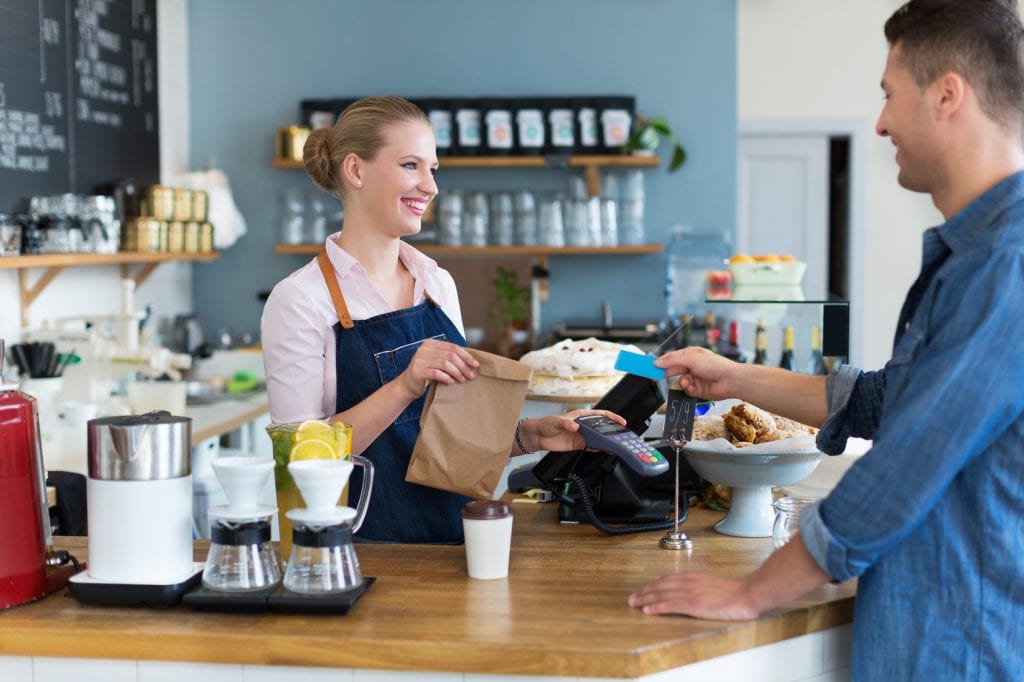Checkout abandonment is one of the biggest problems eCommerce merchants are facing today. This is only increased by the fact that most people these days are checking out on their mobile devices. Merchants need a solution to help them evaluate, measure, and solve checkout abandonment.
Our most recently released Checkout Conversion Index (CCI), a quarterly Index that benchmarks the performance of 657 retailers that represent over 70% of all U.S. eCommerce retail spend, has found that the overall CCI Index score fell to 53, down 3.1 percent from 55 last quarter. Forty-eight percent of merchants scored well below the average Index score. Overall, time to checkout actually got worse, not better, as did total clicks from start to checkout. Some of worst performers were also the largest merchants. It is no surprise that checkout abandonment has become a serious problem for online merchants.
The checkout abandonment problem is made up of three parts – checkout friction, consumer confidence and payment processing declines. Each of these factors contributes substantially to the checkout abandonment problem. Let’s dive into more detail about these three checkout abandonment issues:
Preventing eCommerce checkout friction
Checkout friction is the first part of the conversion problem – shoppers are on your site, intending to buy, but nothing happens. There are several reasons that your shoppers could abandon from the get-go, let’s take a look at a couple:
Your checkout page shouldn’t have too many steps & fields. Shoppers should be able to easily check out without having to re-enter their information multiple times. The CCI measures that the average number of seconds it takes to checkout in Q1 2016 is 216 seconds
Once shoppers do go to pay, offer local languages, currencies, and payment types for them to choose from. Top performing merchants in the CCI have an average of 5.7 payment types – offering multiple different credit card types only counts as one payment method
Lastly, offering product reviews on your site can help reduce friction. If you provide these on your site, shoppers won’t have to bounce to go somewhere else to find them and potentially purchase from a competitor.
Allowing your consumers to be confident
Even if you can get customers through the first few steps of your checkout, there are other factors that may prevent them from hitting buy – especially if they feel uncomfortable on your site. Consumers should feel confident on your checkout page, especially since you are taking precious payment information from them.
Display security logos and badges prominently on your site to make customers feel confident giving you their information. 97% of the top performing merchants in the CCI display these on their sites.
Live help/chat is another way to make your customers feel confident. Many consumers have questions during the checkout process – the quicker you can answer them, the quicker they’ll checkout.
Lastly, offering coupons can help convert more customers in their checkout process. Customers are always looking for a deal. If you’re willing to give it to them, they’ll have much more confidence in you as a merchant. In fact, 8% of shoppers will simply abandon if no coupon is available. Additionally, 97% of the top performing sites in the CCI offer coupons.
Avoiding Payment processing declines
The last step in the checkout abandonment problem is payment processing declines. These are often overlooked, as they are the more invisible part of the problem. Without paying attention to these, you can lose a paying customer who has made it all the way through to clicking buy.
A good start to avoiding declines is to have multiple connections to acquiring banks. This is crucial in terms of increasing conversions – if you are connected to more than one bank, international transactions have a higher likelihood of being approved.
With a connection to multiple banks, you will be able to retry and failover your transactions should they fail at the first bank. This simple functionality can increase your conversions by up to 3%.
Another thing to take note of is your fraud rules. If they’re too aggressive, you may be declining transactions that aren’t fraud. Creating a frictionless checkout with a good fraud solution is key for maintaining an effective eCommerce site. Frictionless checkout means higher conversion rates, more customers, higher order velocity, and increased sales. While a frictionless fraud detection platform will decrease chargebacks, minimize lost merchandise, and also increase sales by lowering false positives.
Last but not least, are you processing your transactions in local currency? Issuers are much more likely to decline a transaction that doesn’t fit with the shoppers norm (i.e. if the transaction is trying to be processed in a foreign currency). The more currencies you can process in, the less likely the shopper’s bank will decline the transactions as suspected fraud. If you don’t offer local currency processing, you could be losing up to 10% of payment conversions.
As I mentioned in the beginning, the best way to avoid checkout friction is to be able to evaluate and measure it. To easily find out out how your current checkout and payment processes measure up, use the Checkout Conversion Calculator. The calculator will be able to give you not just a score, but show you the areas of friction that are negatively impacting the checkout and payment process for customers. By knowing where the points of friction are, you can better avoid them in the future. Take the Checkout Conversion Calculator today:
http://home.bluesnap.com/conversion-calculator/
